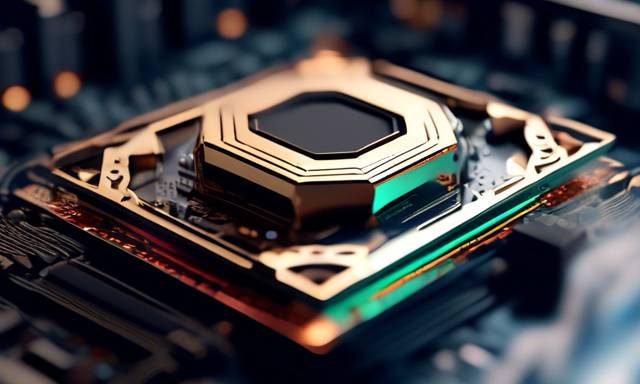Polars Unveils High-Speed GPU Engine for Enhanced Data Processing 🚀
The latest launch by Polars features a GPU engine designed to leverage RAPIDS cuDF, presenting a dramatic boost in data processing speeds for NVIDIA GPU users. This innovation allows data professionals to efficiently manage massive datasets, dramatically improving performance and accessibility for their analytical tasks.
The Evolving Landscape of Data Processing ⚙️
In the current data-driven environment, traditional libraries like pandas often falter when they face extensive datasets exceeding a few million rows. While distributed computing frameworks can accommodate billions of rows, they introduce unnecessary complexity for smaller datasets. This creates a notable gap for tools that can effectively and efficiently engage with datasets ranging from tens of millions to a few hundred million rows. Such capabilities are vital across various sectors, including finance, retail, and manufacturing, where tasks such as predictive modeling, inventory forecasting, and operational logistics are commonplace.
Polars emerges as a cutting-edge Python library that specifically targets these challenges. It implements sophisticated query optimizations that reduce unnecessary data movement and processing overhead, streamlining the management of numerous rows on a singular machine. By filling this gap, Polars provides a viable solution for mid-scale data analysis, effectively connecting the simplicity of single-threaded applications and the intricacy of distributed systems.
Integrating NVIDIA Accelerated Computing with Polars 🌐
Polars capitalizes on multi-threaded execution and advanced memory management techniques, along with lazy evaluation, to deliver superior performance relative to traditional CPU-based data manipulation utilities. With the ever-growing demands for efficient data processing across different fields, the need for accelerated computing becomes increasingly crucial.
This is where NVIDIA’s cuDF comes into play. This component of the NVIDIA RAPIDS suite is a GPU-accelerated DataFrame library that harnesses the extensive parallel processing capabilities of modern GPUs, substantially enhancing data processing capabilities. By collaborating with NVIDIA, the Polars development team has integrated cuDF’s speed into Polars’ efficient framework. This collaboration yields performance increments of as much as 13 times over the original CPU-centric version of Polars, enabling a seamless interactive experience even when processing workloads scale up to hundreds of millions or even billions of rows.
The integration of the Polars GPU engine happens directly within the Polars Lazy API. Users can capitalize on GPU acceleration in their workflows simply by installing polars[gpu] through pip and appending [engine="gpu"] to their collect operation. This method guarantees optimized execution and minimal memory consumption while being fully compatible with Polars’ entire suite of data visualization, input/output, and machine learning libraries—without necessitating alterations to pre-existing Polars code.
pip install polars[gpu] --extra-index-url=
import polars as pl
(transactions
.group_by("CUST_ID")
.agg(pl.col("AMOUNT").sum())
.sort(by="AMOUNT", descending=True)
.head()
.collect(engine="gpu"))
Final Thoughts on Polars’ GPU Engine 📊
With the debut of the Polars GPU engine powered by RAPIDS cuDF in open beta, data professionals now have access to an effective tool for mid-scale data processing that significantly enhances performance. Users can achieve up to 13 times speed improvement on NVIDIA GPUs, all while efficiently managing datasets that range into the hundreds of millions without the complications typically associated with distributed systems. This engine offers a streamlined experience, as it is fully integrated into the Polars API, ensuring ease of use for all.
Embarking on Your Journey with the Polars GPU Engine 📈
For a more in-depth look and to undertake the initial steps with the Polars GPU engine, further resources are available through the official NVIDIA platforms.





 By
By
 By
By

 By
By
